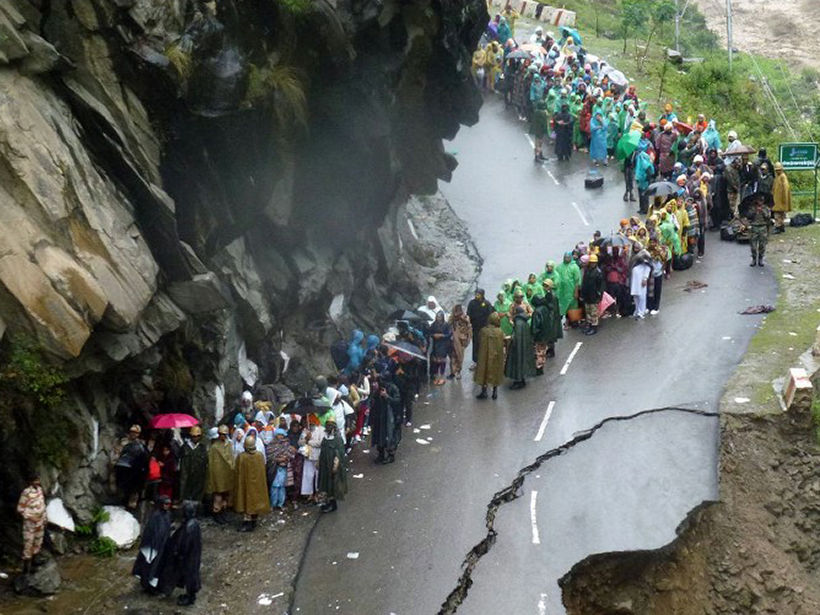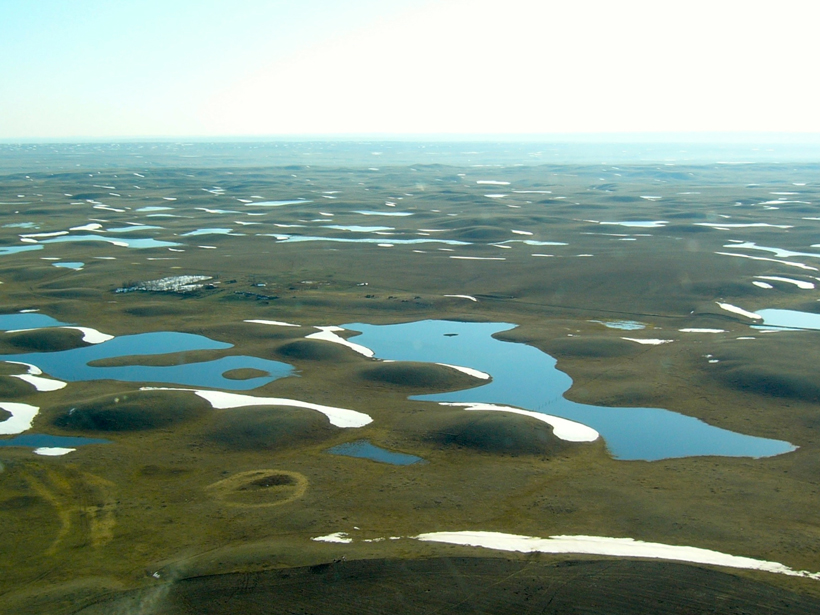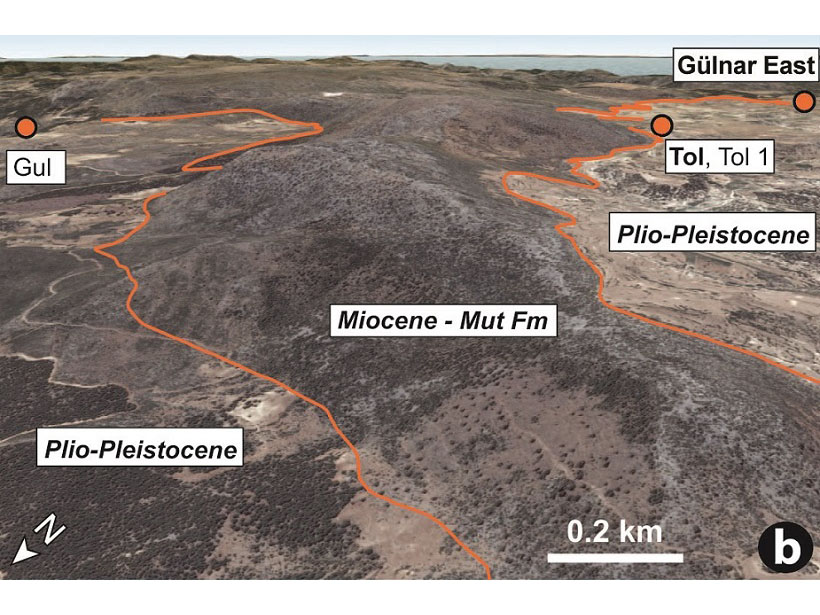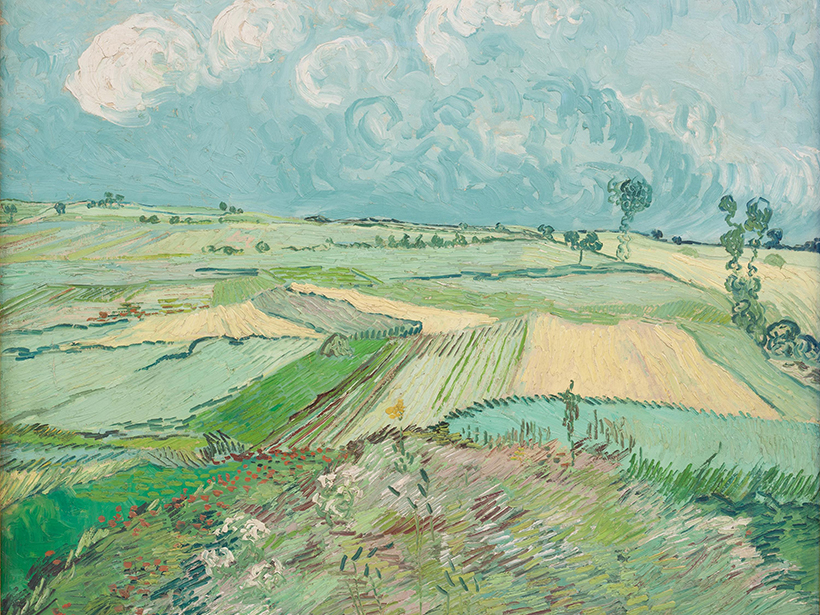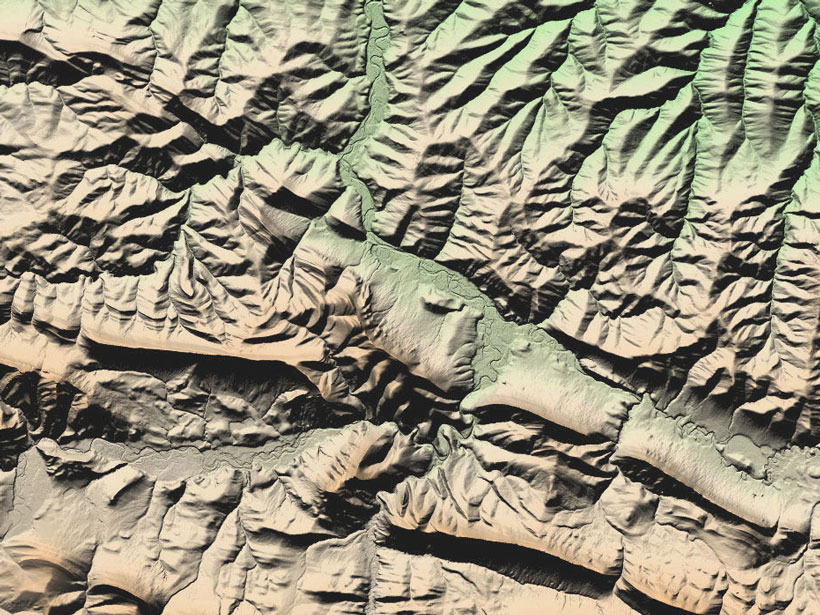Using seismic waves, researchers study sediment layering near the Dead Sea to reveal how the area’s numerous sinkholes form.
landscape & topography
A Near-Real-Time Tool to Characterize Global Landslide Hazards
By fusing susceptibility information with precipitation data, a new model generates “nowcasts” to predict the potential for rainfall-triggered landslides in steep terrain between 50°N and 50°S.
A Better Way to Predict the Indian Monsoon
A new study finds that including Himalayan topography and land-atmosphere interactions improves climate models.
Prairies, Potholes, and Public Policy
Studying the Prairie-Pothole Region of North America could help improve water resource management across the continent.
A Landscape Shaped by Wind
High-altitude aeolian research on the Tibetan Plateau offers insights into the past, present, and future.
Tracking Deep-Earth Processes from Rapid Topographic Changes
Rapid elevation-rise in Turkey, tracked by marine sediments that now sit at 1.5 km in elevation, is linked to deep-Earth processes that can explain short-lived, extreme rates of topographic change.
A New Model of Drumlin Formation
Observations from the surge-type glacier Múlajökull in Iceland underpin new modeling results that suggest the glacier’s drumlins grow during quiet intervals of normal flow between glacial surges.
A Window into the Emerging Anthropocene…Through Art
Want a snapshot of how humans have been changing their landscapes since the Industrial Revolution? Look at artwork at a local museum, one geoscientist says.
Eric F. Wood Receives 2017 Robert E. Horton Medal
Eric F. Wood was awarded the 2017 Robert E. Horton Medal at the American Geophysical Union Fall Meeting Honors Ceremony, held on 13 December 2017 in New Orleans, La. The medal is for “outstanding contributions to hydrology.”
Map Provides High-Resolution Look at Nearly Entire Arctic Region
Researchers highlight the value of the time element incorporated into imagery and having a baseline for revisiting and comparing topography.



